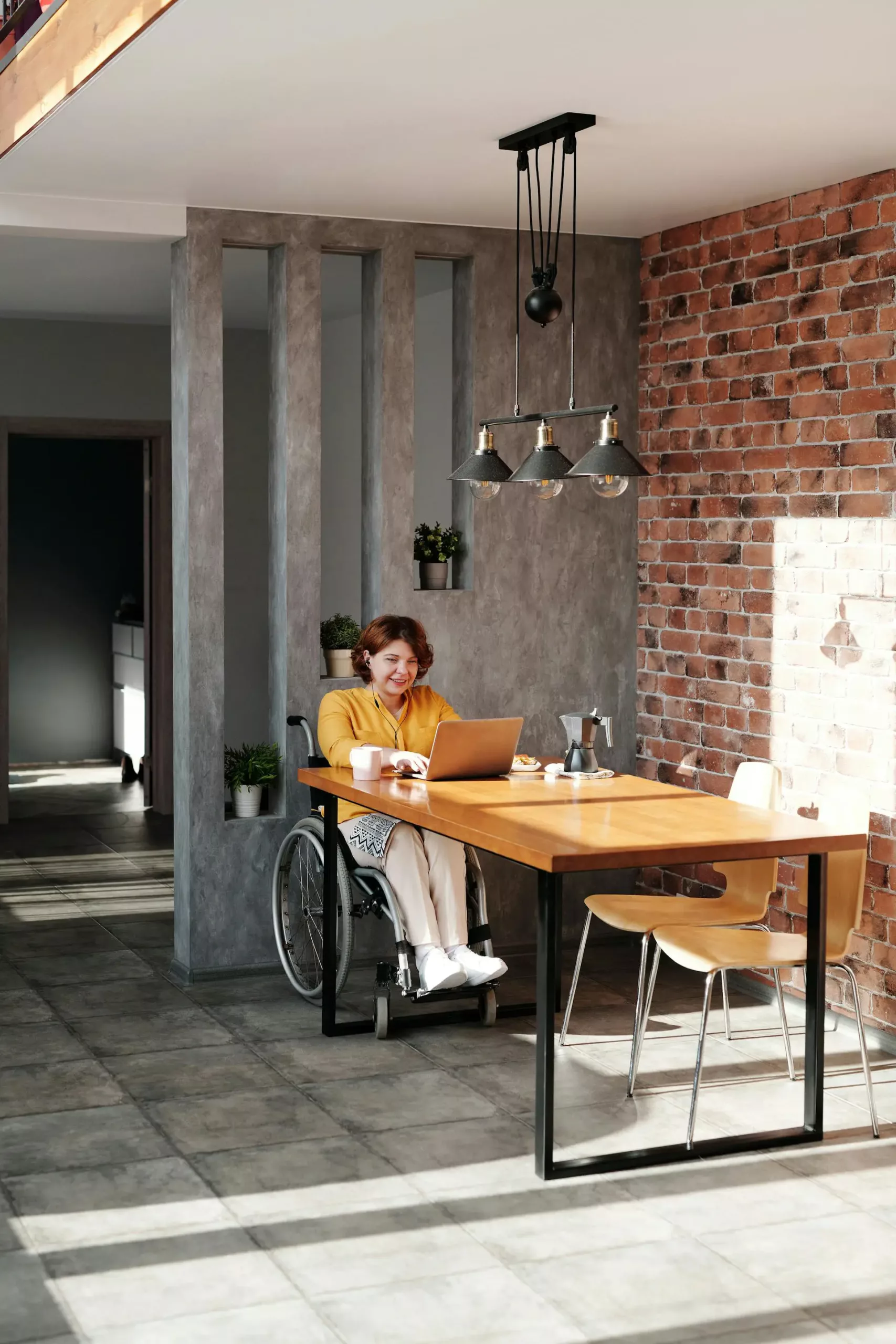Understanding the Importance of Accessibility
Accessibility challenges impact millions of people worldwide, from navigating public spaces to engaging with digital content. However, overcoming these challenges is achievable with the right strategies and mindset. This guide explores actionable steps to address physical, digital, and societal barriers, paving the way for a more inclusive and equitable world.

Understanding Accessibility Challenges
Accessibility is about more than physical access; it’s about inclusivity in every facet of life. Key challenges include:
- Physical Barriers: Lack of ramps, elevators, or ergonomic facilities.
- Digital Barriers: Websites and apps that are incompatible with screen readers or lack alt text.
- Attitudinal Barriers: Stereotypes and biases about disabilities that limit opportunities.
Understanding these barriers is the first step toward overcoming them.
Strategies to Break Barriers
- Advocate for Yourself and Others
- Speak up about the changes you need. Whether it’s requesting captioned content or an accessible meeting venue, vocalizing needs can create awareness.
- Leverage Technology
- Use tools designed for accessibility, such as screen readers (JAWS, NVDA), voice assistants, or ergonomic devices. Apps like Be My Eyes connect individuals with volunteers for real-time assistance.
- Cultivate a Support Network
- Surround yourself with people who understand and support your challenges. Joining communities or forums focused on accessibility can provide valuable insights.
- Learn and Adapt
- Stay informed about new accessibility laws, tools, and best practices. For example, understanding WCAG standards can empower you to demand better digital experiences.
- Foster Resilience
- Accessibility challenges can be frustrating, but maintaining a positive mindset helps. Resilience is built through patience and persistence.
Strategies to Overcome Accessibility Challenges
1. Advocate for Inclusive Design
Promote universal design principles that cater to all individuals. Advocate for legislation, like the European Accessibility Act, that enforces accessibility standards.
2. Leverage Assistive Technologies
Use tools such as:
- Screen readers like JAWS and NVDA.
- Voice-to-text applications.
- Apps like Be My Eyes for real-time assistance.
3. Build a Support Network
Connect with organizations, forums, or advocacy groups that focus on accessibility. Sharing experiences can provide encouragement and foster a sense of community.
4. Stay Informed
Regularly update yourself on laws like the Americans with Disabilities Act (ADA) and WCAG guidelines. Knowledge is power when advocating for better solutions.
5. Educate Others
Sharing your experiences can raise awareness and inspire inclusivity. Education helps dismantle stereotypes and creates more understanding communities.
6. Foster Resilience and Positivity
Accessibility challenges may persist, but resilience and a positive mindset can help overcome setbacks and lead to long-term success.
Breaking the Stigma
One of the greatest barriers to accessibility is societal stigma. Open dialogue, representation in media, and sharing success stories are critical to shifting public perceptions and promoting inclusivity.
Overcoming accessibility challenges is a collective effort. By advocating for inclusive design, utilizing technology, and fostering awareness, we can create a world where everyone has equal opportunities to thrive.

